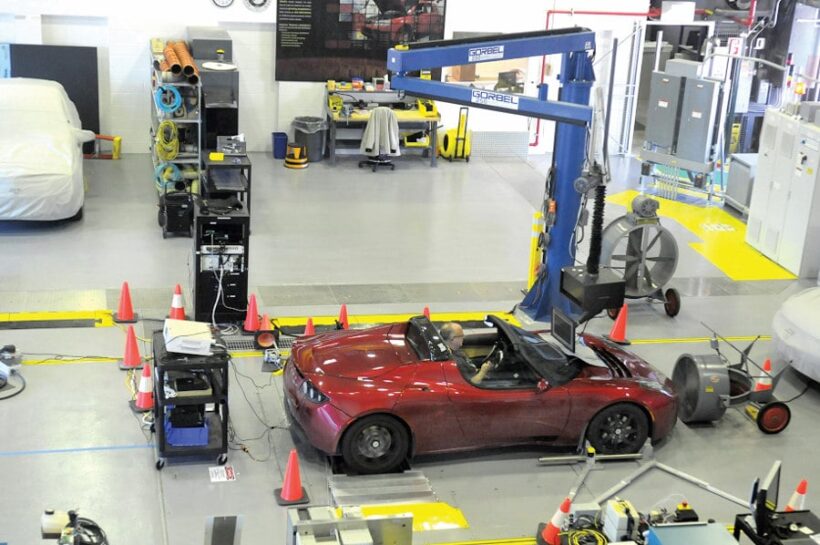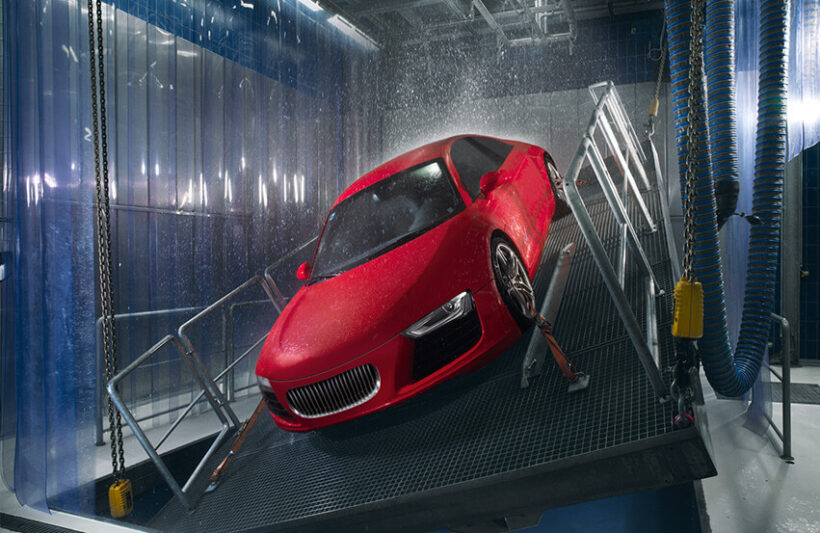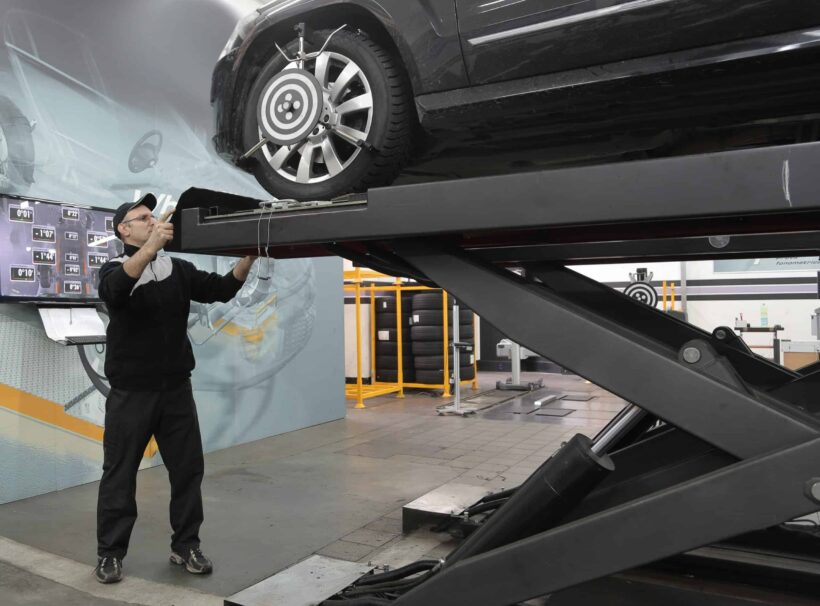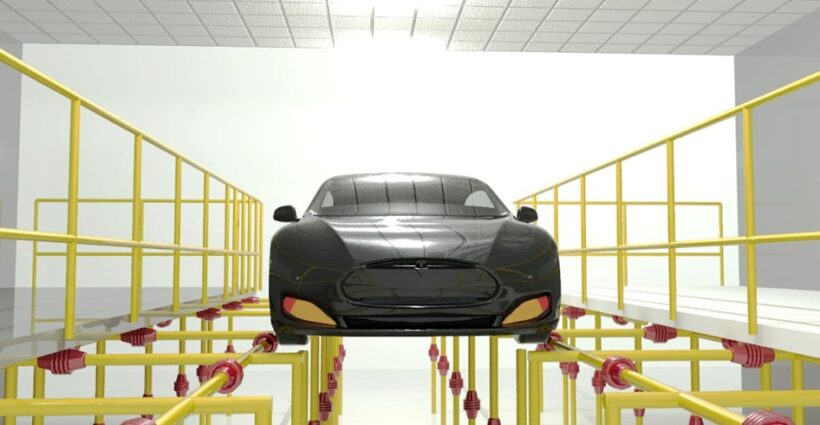The automotive industry is a beacon of innovation, safety, and performance. Integral to these attributes is the testing procedure which ensures that vehicles not only meet but exceed established standards. This article sheds light on the indispensable role of environmental test chambers in fortifying automotive industry standards.
Importance of Testing in the Automotive Industry

With the rapid advances in automotive technology, ensuring vehicle safety, performance, and durability has become more crucial than ever. Every component, from the simplest bolt to the most sophisticated electronics, undergoes rigorous testing. This meticulous process not only ensures that vehicles meet regulatory standards but also bolsters consumer confidence in the brand. The same is of course true for environmental test chambers used in the auto industry.
Consumer trust in automotive brands is often a direct result of the perceived quality and safety of their vehicles. Accidents resulting from mechanical failures can lead to catastrophic brand damage, severe financial penalties, and, more importantly, loss of life. Thus, testing remains a central pillar in building and maintaining the reputation of automotive manufacturers.
Challenges Faced by Automotive Manufacturers
The automobile landscape is constantly evolving. With innovations like electric vehicles, autonomous driving technologies, and Internet of Things (IoT) integration, manufacturers face an ever-growing list of complexities. These advancements bring about new challenges related to durability, performance, and safety, pushing the need for more sophisticated testing techniques.
Moreover, as global markets expand, manufacturers have to consider diverse environmental conditions. Cars that perform seamlessly in temperate climates may falter in extreme conditions, such as the scorching Middle Eastern sun or the frigid Nordic winters. Ensuring consistent performance across diverse environments is paramount.
Role of Environmental Test Chambers in Setting Standards

Environmental test chambers play a critical role in simulating a wide range of climatic conditions. They allow manufacturers to subject their vehicles and components to extreme temperatures, humidity levels, and even altitude conditions. This ensures that automotive parts can withstand the demands of any environment they may encounter.
Additionally, these chambers help establish benchmarks for industry standards. By consistently reproducing environmental conditions, manufacturers can validate the durability and reliability of their components. This data, in turn, shapes the development of automotive standards, ensuring vehicles align with or exceed these benchmarks.
Types of Environmental Tests for Automotive Components

Temperature cycling is one of the most common tests. Here, components are subjected to rapid temperature changes to assess their expansion, contraction, and overall durability. Humidity tests, on the other hand, gauge a component’s resilience against rust, corrosion, and potential electronic malfunctions due to moisture exposure.
Apart from these, salt spray tests are essential for examining a component’s resistance to corrosion, especially in regions with high salinity. Altitude tests evaluate automotive parts’ performance and durability under low atmospheric pressure, mimicking mountainous terrains or high-altitude regions.
Advancements in Test Chamber Technology
Modern environmental test chambers are marvels of technological innovation. Advanced chambers can simultaneously simulate multiple environmental conditions, combining temperature, humidity, and even vibration tests. This multi-faceted approach offers a comprehensive insight into how components might perform under real-world conditions.
Moreover, today’s chambers are equipped with state-of-the-art monitoring systems. These systems provide real-time feedback and analytics, allowing manufacturers to fine-tune their testing protocols and better predict component performance and longevity.
Benefits of Stringent Testing in Automotive Manufacturing

The rigorous testing protocols impart several benefits. Firstly, they ensure the production of high-quality vehicles, reducing post-sale servicing costs and warranty claims. This not only saves manufacturers money but also bolsters brand reputation and customer trust.
Secondly, through meticulous testing, potential issues are identified and rectified during the development phase itself, avoiding costly recalls. This proactive approach ensures that only the best products reach consumers, underpinning the importance of stringent testing in automotive manufacturing.
Case Studies: Industry Leaders and Testing Practices
Take Tesla, for instance. Known for its cutting-edge electric vehicles, Tesla extensively employs environmental test chambers to validate the performance of its batteries under various conditions. This rigorous testing regime helps them ensure optimal battery life and vehicle range across diverse climates.
Similarly, BMW, with its promise of delivering “Ultimate Driving Machines,” employs a vast array of tests. From freezing chambers replicating Arctic conditions to furnace-like rooms mimicking desert climates, BMW’s commitment to testing underlines its dedication to excellence.
Collaboration between Manufacturers and Test Chamber Suppliers
Manufacturers and test chamber suppliers have a symbiotic relationship. Manufacturers provide feedback on test results, helping chamber suppliers refine their technologies. This collaboration leads to the development of more advanced, precise, and efficient testing chambers.
Furthermore, as automotive technologies evolve, the demands on test chambers shift. By working hand-in-hand, manufacturers and suppliers ensure that the testing infrastructure remains ahead of the curve, ready to meet the challenges of tomorrow.
Future Trends in Automotive Testing and Test Chambers

The future holds a host of new testing challenges, particularly with the rise of autonomous vehicles. As cars become more interconnected and automated, test chambers will need to simulate not just environmental, but also digital disruptions. We may see chambers equipped with the capability to test against cyber threats.
Moreover, with the push towards sustainability, test chambers will need to be more energy-efficient. Reducing the carbon footprint of testing procedures will become integral to the industry’s broader environmental commitments.
Environmental Test Chambers: Sustainability and Efficiency
As global focus intensifies on sustainability and reducing environmental impacts, the realm of test chamber manufacturing is not left behind. Today, these manufacturers are funneling significant resources into pioneering sustainable technologies for their products. Modern chambers incorporate design elements that prioritize energy efficiency, curbing unnecessary energy consumption. Advanced insulating materials and smart temperature control systems are integrated to ensure minimal energy wastage.
This proactive approach not only aligns with the broader automotive industry’s sustainability objectives but also paves the way for a greener and more responsible future in automotive testing. Through these advancements, the sector demonstrates its commitment to both rigorous testing and environmental responsibility.
Final Thoughts
Environmental test chambers play a pivotal role in elevating automotive industry standards. Through rigorous testing, they help ensure that vehicles are safe and durable and perform optimally in every corner of the globe. As the automotive landscape continues to evolve, the significance of these chambers will only intensify, underlining their indispensable role in the industry.

